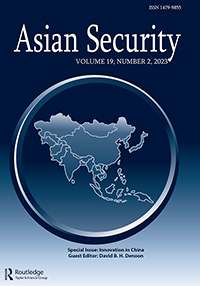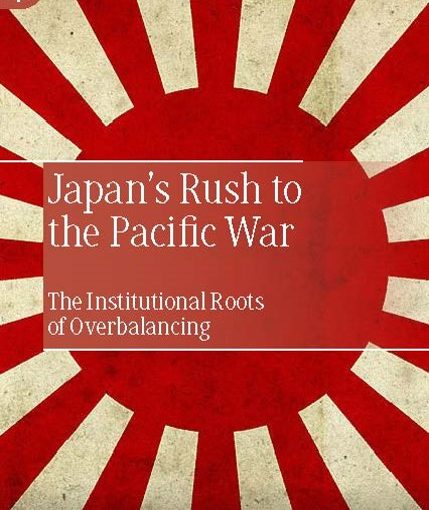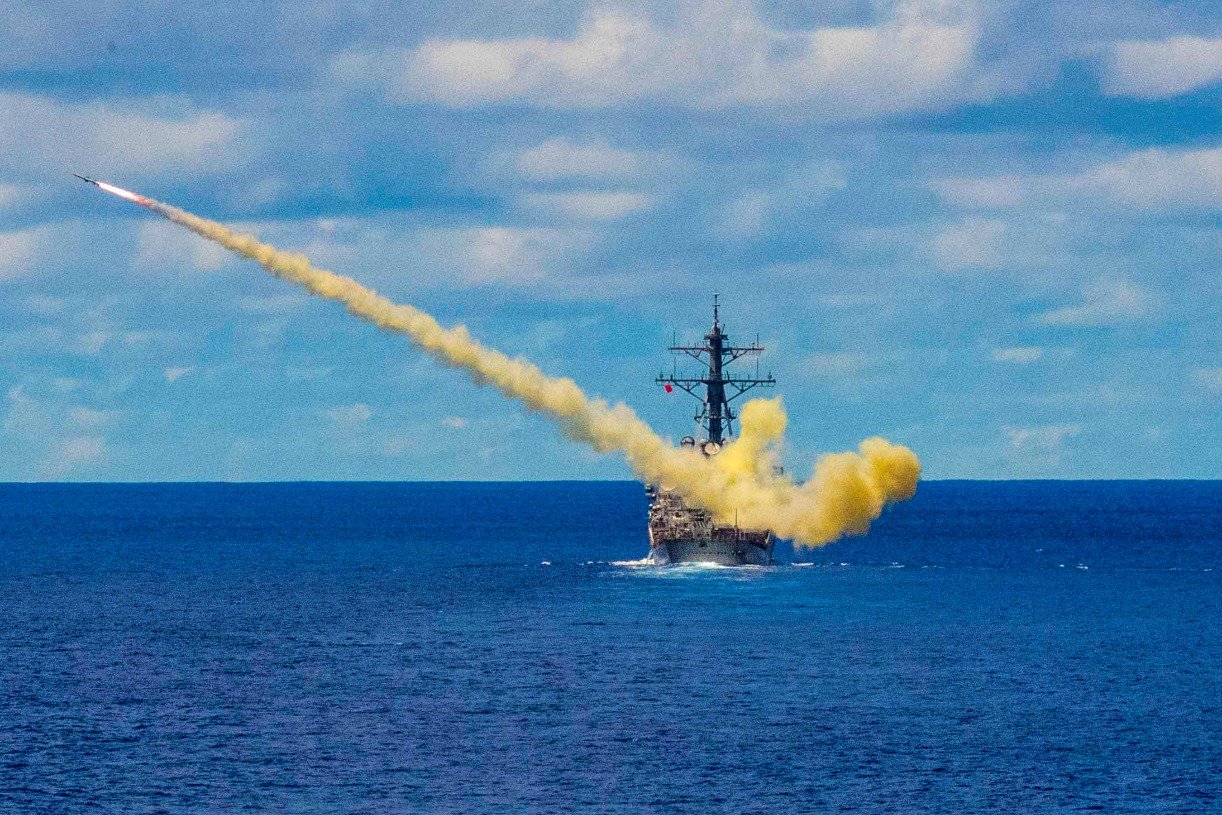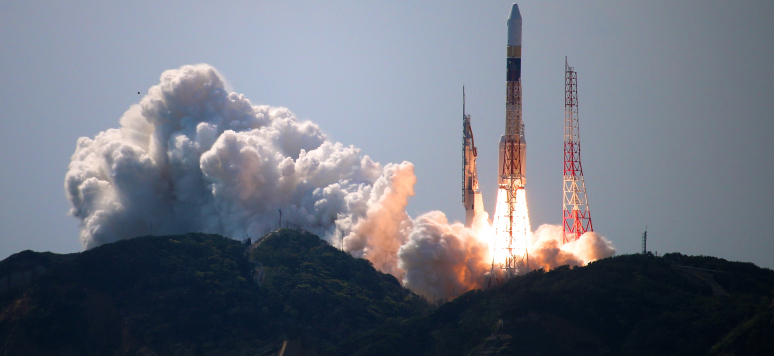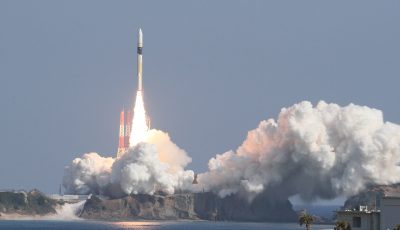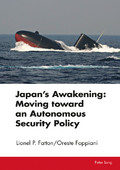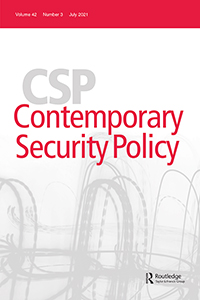In December 2022, Tokyo released three security documents that grabbed headlines worldwide. Highlighting the acquisition of counterstrike capabilities, the large increase in defense spending and other decisions enshrined in the documents, some scholars claim that they mark a critical juncture in Japan’s security policy. Is this the case? I argue for a positive answer but, based on deterrence concepts, not for the reasons advanced by others. In the context of Tokyo’s hybrid deterrence strategy, made of its armed forces and the alliance with the United States, counterstrike capabilities and other aspects of the documents pinpointed by scholars are more adaptations of, than deviations from, past deterrence practices. A barely noticed and more substantial evolution is taking place amid an intensifying deterrence-entrapment dilemma: the adoption of a forward deterrence posture aimed at reducing the risk of crisis in the Taiwan Strait through the projection of general deterrent effects. This posture constitutes a critical juncture because it sets Japan on the path of becoming a potent regional security actor. It also skews Japan’s traditional policy vis-à-vis China toward deterrence and against engagement. The new, adapted liberal deterrence policy raises questions about Tokyo’s ability to keep a balanced approach toward Beijing.
Asian Security: https://doi.org/10.1080/14799855.2024.2309816

